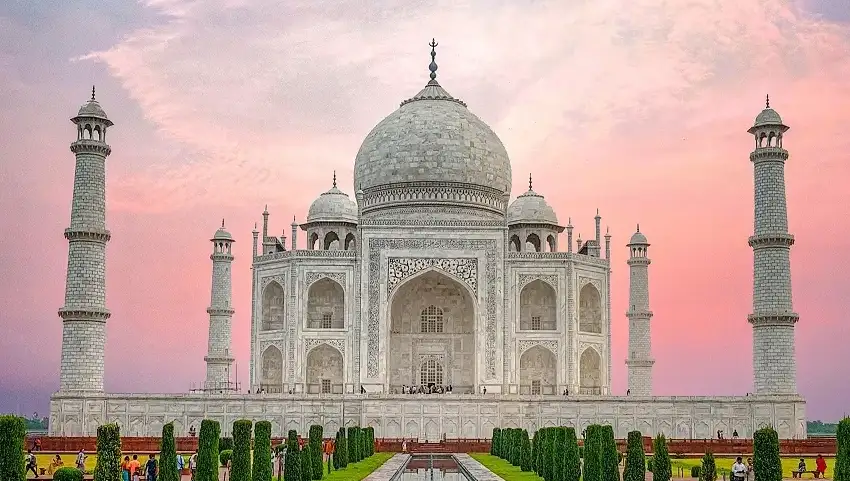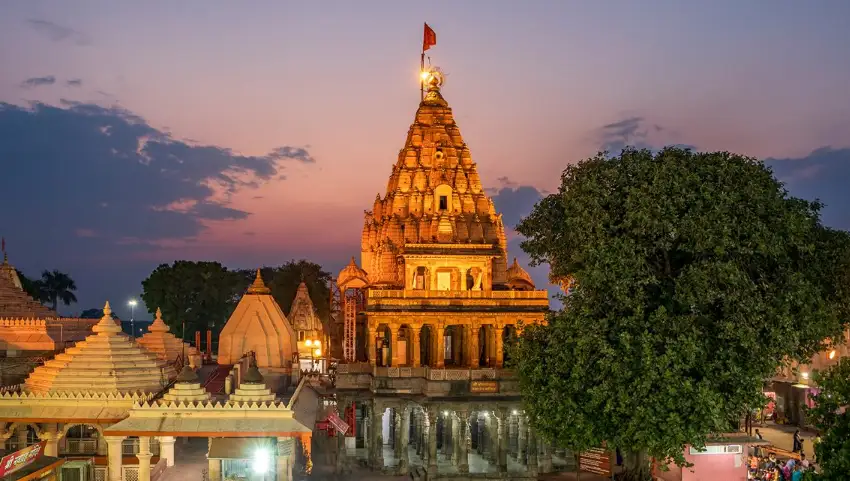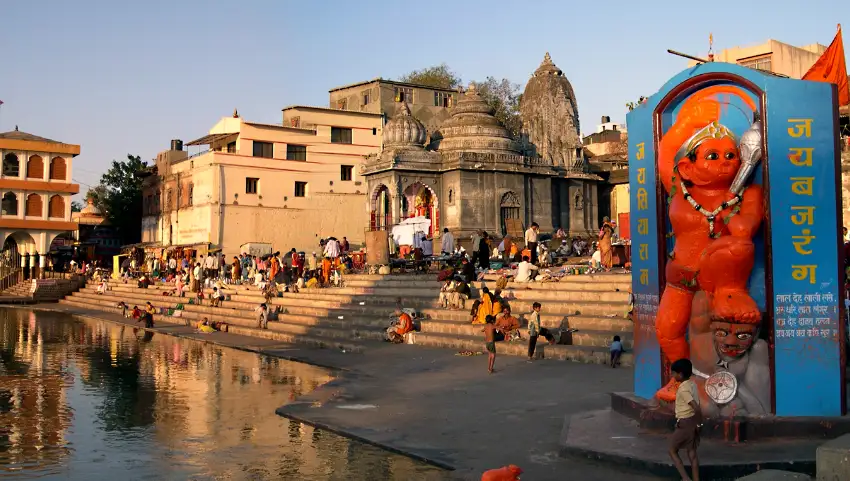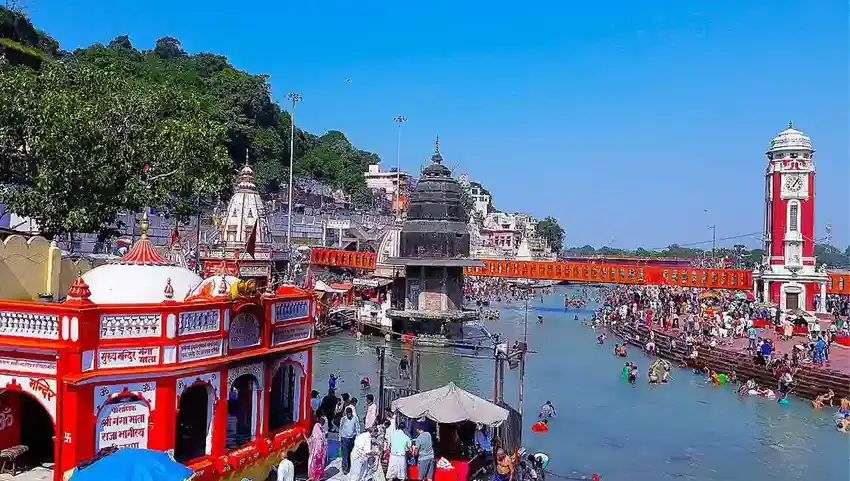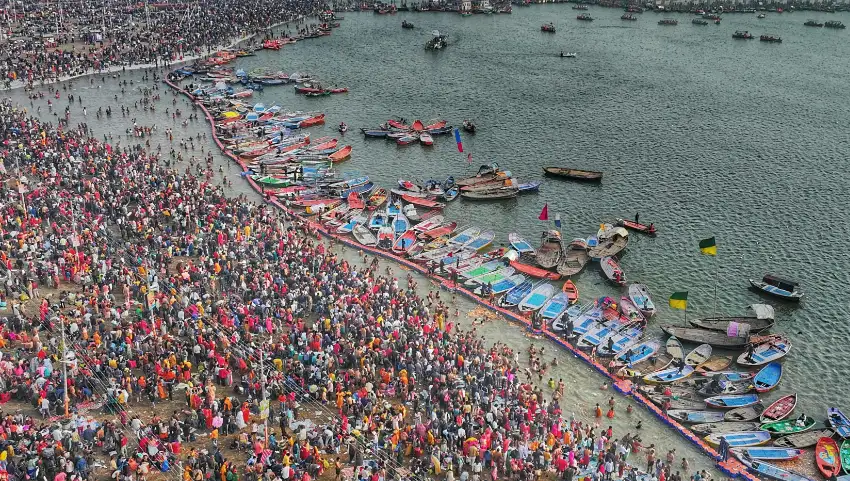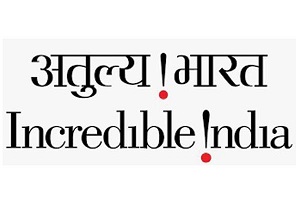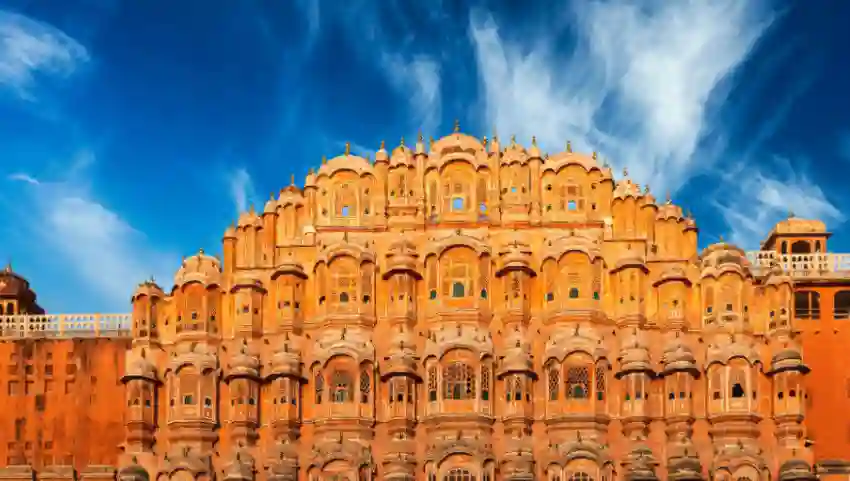
Hawa Mahal Jaipur
Hawa Mahal Location
The Hawa Mahal is situated in the Heart of Jaipur and located on Hawa Mahal Rd, Badi Choupad, J.D.A. Market, Pink City, Jaipur, Rajasthan 302002.
Hawa Mahal Entry Fee
| For Indians | 50 Rs / Per person |
| For Foreigners | 200 Rs / Per person |
Hawa Mahal Openings Timings
| Day | Timings |
|---|---|
| Monday | 9:00 am - 5:00 pm |
| Tuesday | 9:00 am - 5:00 pm |
| Wednesday | 9:00 am - 5:00 pm |
| Thursday | 9:00 am - 5:00 pm |
| Friday | 9:00 am - 5:00 pm |
| Saturday | 9:00 am - 5:00 pm |
| Sunday | 9:00 am - 5:00 pm |
Historical Background of Hawa Mahal
One of the most famous is Hawa Mahal, or the "Palace of Winds," constructed in 1799 by Maharaja Sawai Pratap Singh, inspired by the Khetri Mahal in Jhunjhunu. The architect Lal Chand Ustad built the palace as an appendix to Jaipur's City Palace, which served as a secluded arena for the royal women to gaze at the life of the city without getting their faces caught in view, strictly under the purdah system. The five-story building boasts 953 small windows or jharokhas, thereby exemplifying Rajput and Mughal architectural fusion and, therefore, Jaipur's special pink sandstone look. This architectural masterpiece symbolizes the epoch's architectural splendor that combines utility with royal seclusion.Construction and Origin
Hawa Mahal was constructed in 1799. The palace was built as an extension to the City Palace particularly with the idea of a secluded space in which the queenly ladies could go through the chaotic streets of Jaipur without being watched themselves.Significance of Hawa Mahal in Rajput Architecture
It is a five-story palace that has a unique pyramid-like facade, which shows principles of intricate craftsmanship and symbolism according to Rajputana principles. The design of Hawa Mahal with numerous small windows or jharokhas signifies the adherence of Rajput royals towards their cultural roots. The strategic architecture of the palace also reveals the Rajput sensibilities towards climate and environmental factors because its lattice-like structure allows maximum airflow, keeping it cool even in scorching summers of Rajasthan.Architectural Marvel of Hawa Mahal
Hawa Mahal, the epitome of this confluence of Rajput and Mughal architecture, is one of the excellent examples of the same. This monument, built out of pink and red sandstone, has a five-storeyed facade that has the form of a crown with floral motifs and elaborate latticework. These 953 small windows or jharokhas allow the flow of air inside, which results in the cooling effect within the palace. The lattice structure not only controls temperature but also lets the women of the royal family peep into the city in secret. Its tiered, pyramid-like structure displays the pride of Jaipur in master craftsmanship and beauty.Design and Layout
Hawa Mahal is an excellent blend of Hindu Rajput and Islamic Mughal architecture styles, a five-storeyed structure with the design like the crown of Lord Krishna, which provides deep roots of religion in Jaipur. The beehive facade, carved from red and pink sandstone, symbolizes the very essence of Jaipur as the "Pink City". The façade is pyramidal in structure with several lotus motifs and floral designs disclosing the great love for details and decorations that characterize the Rajputs.Unique Features and Symbolism
Hawa Mahal gains a natural coolness. This special architectural feature symbolizes the name of the palace, in that "Hawa" means wind, hence called the "Palace of Winds." Moreover, the facades designed also meant discretion; it gave the royal ladies a view to watch the active bazaars and festivals without being noticed by the people, which is the socio-cultural value of that time.
Key Highlights of Hawa Mahal
There are several important things that are need to be highlighted as it enhances the beauty of Hawa Mahal which allows visitors to feel the richness and artistic taste that characterized the royal Rajput family. Some of the Key Highlights of Hawa Mahal are mentioned belowThe Five-Story Facade
The five-story Hawa Mahal is the most characteristic feature, which rises like a dainty piece of art from the busy streets of Jaipur.953 Small Windows - The Jharokhas
953 jharokhas constructed in the palace help to keep the interiors well ventilated with privacy intact. The palace keeps cool during such raging summers in Jaipur.Jaipur View from the Top
Any tour to Hawa Mahal is incomplete without the aerial view from its rooftop of the breathtaking view of landmarks and cityscapes at Jaipur. we are here providing you with the best Jaipur Tour Packages to visit and enjoy the beauty of Jaipur.Best Time to Visit
The Jaipur palace is preferably visited during the cooler months, that is, from October to March, because the climate in Jaipur is considerably improved.Nearby Attractions of Hawa Mahal
There are various places to visit in Jaipur which is near Hawa Mahal.Jantar Mantar: It is one of the biggest astronomical observatories in India and is also a UNESCO World Heritage Site.
Nahargarh Fort: Nahargarh Fort located on the Aravalli hills provides a great panoramic view of the city of Jaipur.
Albert Hall Museum: The oldest Albert Hall Museum of Rajasthan is situated in the beautiful Ram Niwas Garden.
Johari Bazaar: Shop enthusiasts will find it close to Hawa Mahal. Johari Bazaar is a purely jewelry shop affair, mostly the traditional Kundan affair.
Chokhi Dhani: For an authentic experience of folk dances, crafts, and cuisine of Rajasthan, visit Chokhi Dhani.


